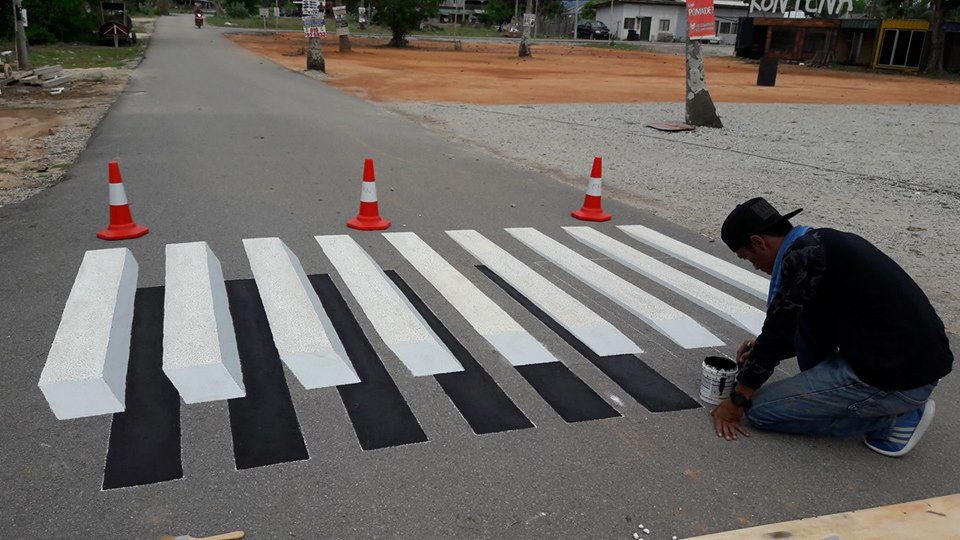“There’s a temptation to think that a nuanced understanding of people and places can be found online” :
Isn’t that inevitable with the influx of the digital age? Despite this, Jan Chipchase argues that online documentation, comments or journals written by native people of a certain city or place would only be the ‘crumbs’ of the loaf. This is undoubtedly true because one cannot assume that 101% of the population of that certain place has access to the internet and are very vocal online. This is where Chipchase guides us where else to look for Rapid Cultural Calibration – taking about 30mins to about half a day.
Although the internet seems like the ultimate solution for everything especially in this day and age. Who knew that MNCs such as McDonald’s would be such a great platform for Rapid Cultural Calibration?
Normally MNCs would bring over Homogenous cultures from the city of origin and dilute the in-depth cultural pool of that country. However, since services and products are now tailored towards a User-friendly and User-centered experience, the MNCs are great platforms to see trends and important cultures that are prominent in that certain area. They are considered already ‘aspirational in developing markets’ that is why you will find that they are already doing the Cultural calibration for you! They are platforms which have done the various polls and surveys with the public and environment – e.g. group dynamics and range of distributions. This information then contributes to what they display or sell to the public as time passes by, streamlining only the trendy and important things of that particular culture. Therefore, they are much more important in knowing the local context even though they are foreign companies.
One more point that was interesting to note was the rhetorical question of whether countries are willing to put out physical and in-your-face signs rather than assume what signs you would associate yourself with. Do they just assume what the normal person would identify with or would they have a template somehow that would ensure that the majority of the population would understand their rules and regulations by. With the influx of uprising technological advancements, would signs in the digital age be any different than that? Even now, we have 2d printed 3d graphics that are an illusion to deter drivers or riders to slow down when they encounter it. Just an additional thinking point.

